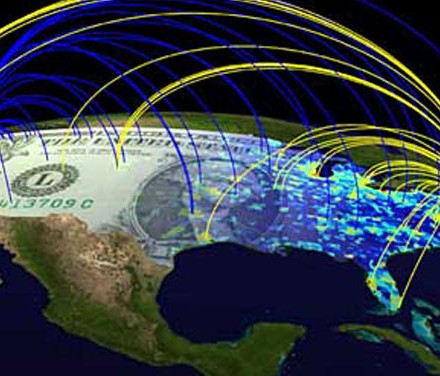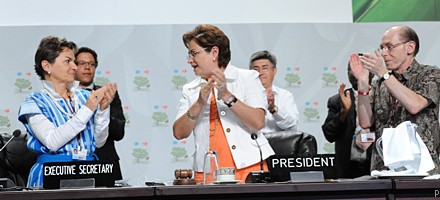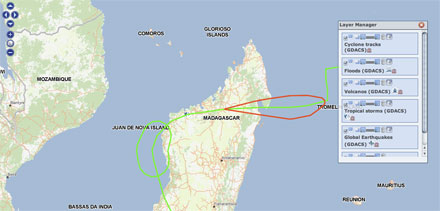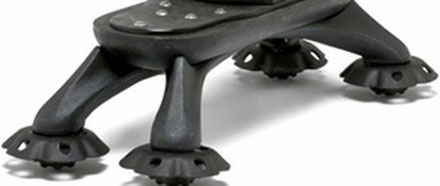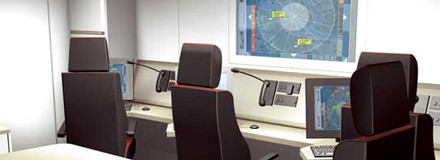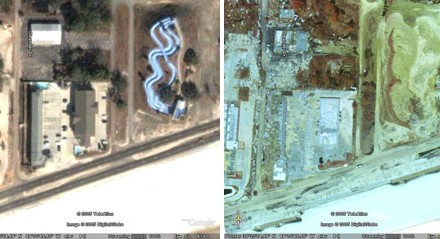Food Security and Food Aid
The issues of security, food aid and malnutrition make a complex system of intertwined aspects. Food security deals with the right and the physical and economic access of human beings to food, not only dependent on supply but also on employment, income, political and social implications. Procedures undertaken to assess problems of food insecurity are […]
The spread of epidemics
The progress with which epidemics spread has changed with the way that people travel from place-to-place in modern times. The Institute for Dynamics and Self-Organization of the Max-Planck-Gesellschaft, the University of Göttingen and the University of California Santa Barbara have discovered a mathematical law behind modern movements. In the middle-ages, when people moved only slowly […]
Kyoto Protocol
Climate changes are an incinerator for natural disasters. Global warming is induced by the release of greenhouse gases into the atmosphere by industry and transport. The Kyoto Protocol, aimed at reducing the production of greenhouse gases, also contributes to the long-term prevention of natural disasters. The UNFCCC United Nations Framework Convention on Climate Change was […]
Observing the earth
Satellite images and geographic data provide an important resource for predicting, identifying and observing natural disasters and for coordinating prevention measures and relief efforts. One class of earth observation instruments are optical detects of solar energy, reflected back from earth, into space across various wavelengths, including visible light and invisible infrared bands. Radar instruments shine microwave […]
Non-Electric Incubator for Premature Infants
In the developing world every year almost one million infants die in their first month of life due to the results of premature birth, heat loss and dehydration. To address this problem, the non-electric premature incubator is adapted to conditions in developing countries. Modern high tech incubators don’t adequately serve the developing world, because they […]
Spider Boot
Spider Boot Antipersonnel Mine Foot Protection System The Spider Boot is a foot protection device for demining activities that is used in combination with conventional demining protection gear. The protection of the foot is enhanced by lifting the boot up from the ground with a platform, creating distance from the source of the blast. The […]
Minus Mines
The mine detector “Minus Mines” employs a new method of landmine detection, using a method for electro-chemical sensation of TNT in the air, comparable to the a sniffer dog detects smell. Landmines are one of the cruelest representations of aftermaths of war: worldwide 100 million people are buried in former regions of war because of […]
Constructing mud sea walls
The Indian Andaman and Nicobar islands were amongst the locations hit worst by the devastating Tsunami in South East Asia on 26/12/2004. To protect them from further flooding, the administration has initiated the construction of mud walls in the sea. The intention is to create the sea walls so that they will not only protect […]
Reconnaissance Vehicle for Atomic and Chemical Values
To answer the danger of nuclear or chemical accidents and terrorist attacks, the German Federal Office for Civil Protection and Disaster Response (BBK) has developed a reconnaissance vehicle that can determine nuclear and chemical measurements in case of a catastrophe. The Institute for Integrated Design (IID) at the University of the Arts Bremen was assigned […]
Google Earth and EAARL (NASA)
A cooperation between Google Earth and the EAARL (Experimental Advanced Airborne Research Lidar), a mapping programme of the NASA, has made accessible, a tool for analyzing the advance of natural disasters and drawing conclusions for future protection. Google Earth is a programme by Google that any private or professional person can install on his or […]
